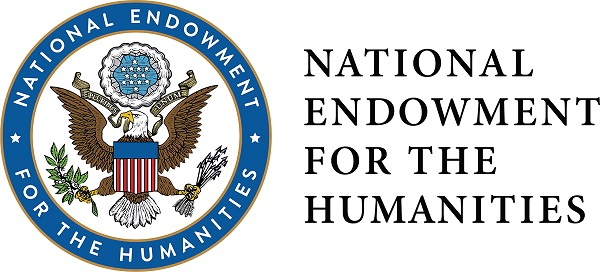
US Government Documents related to Indigenous Nations
Sponsor
Robert L. Stephenson
Committee
Bureau of American Ethnology
Congress
89th Congress, 2d Session
Files
Download Full Text (82.3 MB)
Description
Published as a series sponsored by the Smithsonian Institution Bureau of American Ethnology, the “River Basin Surveys Papers” are a collection of archeological investigations focused on areas now flooded by the completion of various dam projects in the United States. The River Basin Surveys Papers (numbered 1-39) were mostly published in bundles, with 5-6 papers in each bundle. In collaboration with the United States (US) National Park Service and the US Bureau of Reclamation, the US Department of the Interior, and the US Army Corps of Engineers, the Smithsonian Institution pulled archeological and paleontological remains from several sites prior to losing access to the sites due to flooding. The Smithsonian Institution calls this project the Inter-Agency Archeological Salvage Program.
Paper number 39 presents an argument that Mandan culture emerged around 1500 A.D. in part due to the increase in trade in the upper Missouri area. This interpretation of Mandan culture and history is based on existing research on the Mandan people, archeological research of the author between 1954 and 1960, and the author’s interpretation of information gathered from the Huff site (32MO11). The Huff site, located about 18 miles southeast of Mandan, North Dakota, was a fortified village occupied between 1485 and 1543 A.D. Much of the paper is focused on excavation of the Huff site and discusses the houses, artifacts, plant and animal remains that were yielded by the site. Ancestors (human remains) were also found at the site. Artifacts discussed include pottery, and items made of chipped stone, ground stone, bone, antler, and shell. The author’s discussion of Mandan culture includes discussion of language, communication, dwellings, burials, trade, and food. The author does not cite any Mandan informants as part of his study. The Huff site was flooded by the completion of the Oahe Dam. This paper includes photographs, drawings, text figures, and maps.
Publication Date
1-1-1966
Keywords
Mandan Hidatsa and Arikara Nation, the Three Affiliated Tribes of the Fort Berthold Reservation, Mandan, Nueta, Hidatsa, Arikara, Sahnish, Archeological Salvage Program, Huff site, ancestors (human remains), excavation, anthropology, ethnology, pottery, artifacts, bone, chipped stone, ground stone, antler, bone, shell, culture
Organizations Referenced
Mandan Hidatsa and Arikara Nation, the Three Affiliated Tribes of the Fort Berthold Reservation, Mandan, Nueta, Hidatsa, Arikara, Sahnish, Smithsonian Institution, Bureau of American Ethnology, US National Park Service, US Bureau of Reclamation, US Department of the Interior, US Army Corps of Engineers, University of North Dakota, State Historical Society of North Dakota
People Referenced
Robert L. Stephenson, James H. Howard, W. Raymond Wood
Publisher
Government Printing Office
Disciplines
American Politics | Indigenous, Indian, and Aboriginal Law | Indigenous Studies | Law and Politics | Native American Studies | United States History
Recommended Citation
Wood, Raymond W. River Basin Surveys Papers, No. 39: An Interpretation of Mandan Culture and History, Washington, D.C.: Government Printing Office, 1966. https://commons.und.edu/indigenous-gov-docs/77/

Included in
American Politics Commons, Indigenous, Indian, and Aboriginal Law Commons, Indigenous Studies Commons, Law and Politics Commons, Native American Studies Commons, United States History Commons

